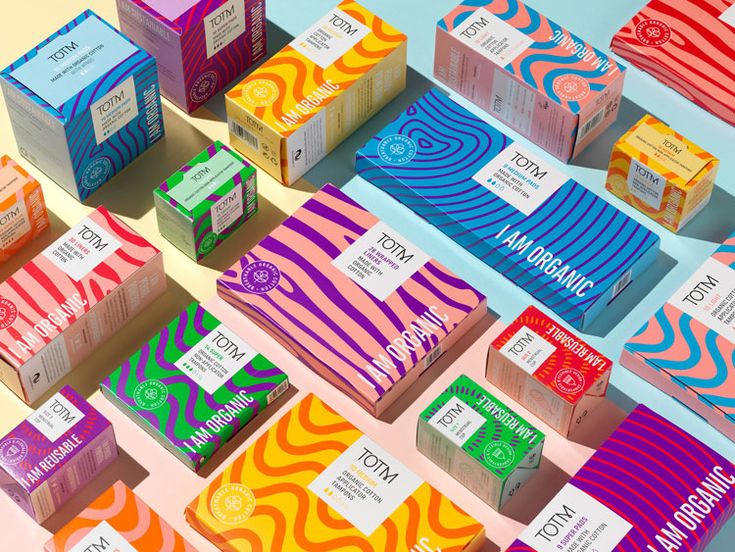Constraints in design—whether they be material limitations, budget restrictions, time constraints, or client demands—might seem like obstacles, but they often push creativity to new heights. When designers are forced to work within set boundaries, they must think outside the box to find innovative solutions. Instead of relying on unlimited resources, constraints encourage problem-solving and efficiency, leading to more refined and purposeful designs.
For instance, when working with a limited budget, a designer must carefully choose materials and processes that maximize both aesthetics and functionality without overspending. This can lead to the discovery of unconventional materials or cost-effective production techniques that might not have been considered otherwise. Similarly, working with time constraints forces rapid ideation and decision-making, often resulting in intuitive and bold design choices.
History has shown that some of the most iconic designs were born out of limitations. The Eames molded plywood chair, for example, was a response to material shortages during World War II, yet it became a timeless piece of furniture. Likewise, minimalist architecture thrives on the idea of “less is more,” proving that design can be both striking and functional even with fewer elements.
Ultimately, constraints serve as a catalyst for innovation. They encourage designers to prioritize what truly matters, streamline their process, and create meaningful solutions. Instead of viewing limitations as barriers, embracing them as opportunities can lead to groundbreaking and original designs.



